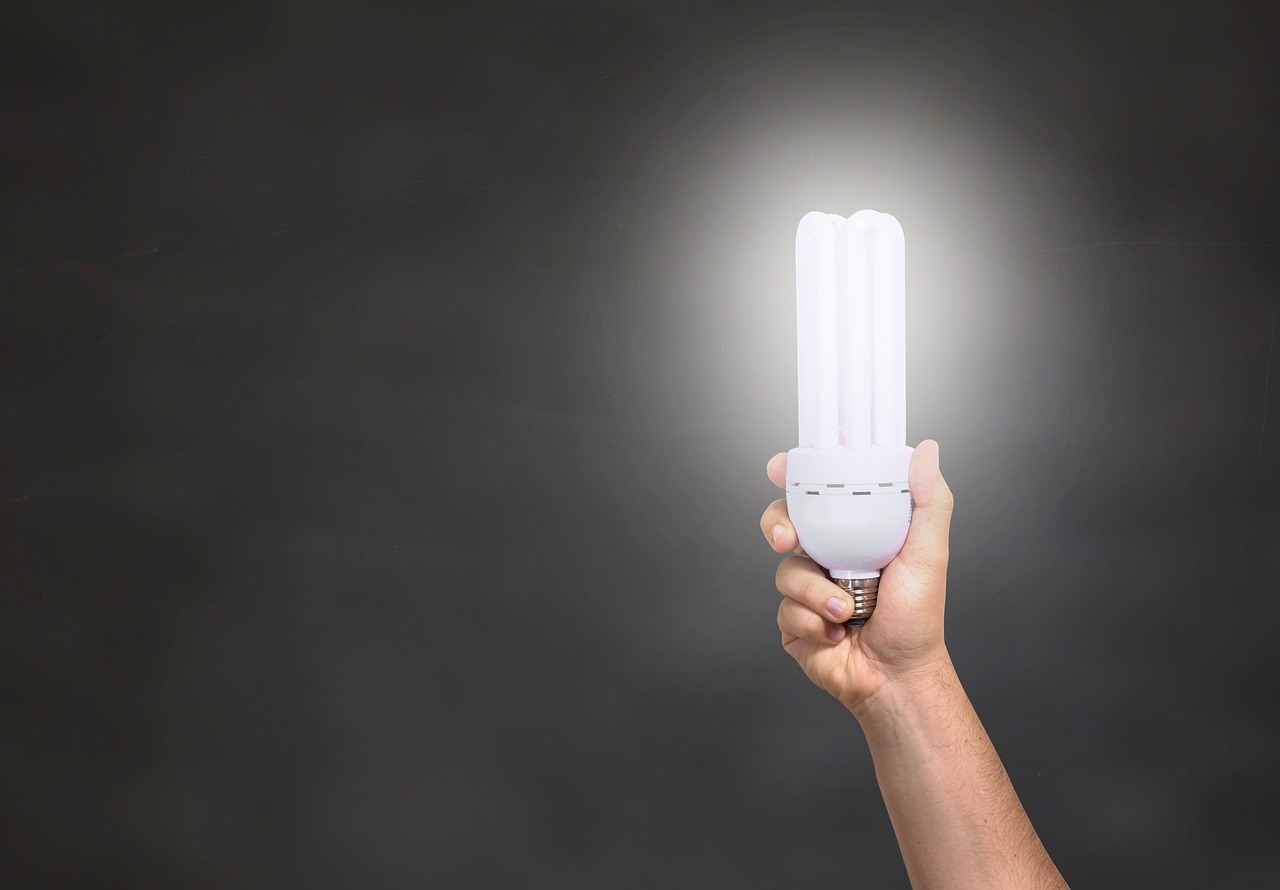
Light therapy is considered good for brain health. It seems to improve the cognitive functions like memory and learning. New research suggests that it may also help to relieve some of the symptoms of Parkinson’s disease.
Parkinson’s disease is a brain condition that affects millions of people around the world. The disease appears due to the death of certain cells in the brain that release dopamine, which is a neurotransmitter responsible for body movement. The typical symptoms include tremor, rigidity, slowness of movement, and balance problem.
Unfortunately, Parkinson’s disease is not curable and the drugs available today can only treat the symptoms. However, these drugs come with side effects that in some cases can further worsen the disease conditions. Therefore, researchers are trying to find other treatment approaches that could deal with symptoms without causing side effects. One such approach is the bright light therapy.
Bright light therapy is a newly introduced treatment option during which a patient is exposed to a strong but safe amount of light for a certain period of time.
The therapy was originally used to treat skin problems. Later on, it was found that it could also be useful in treating psychiatric conditions like depression and anxiety. And now researchers think that it might also benefit those suffering from Parkinson’s disease. It’s specially recommended for treating depression and sleep problems in Parkinson’s patients.
Latest research shows major improvement in mood and sleep quality in Parkinson’s patients
Very recently, researchers from the University of Amsterdam examined the evidence on whether bright light therapy is safe and effective to treat depressive symptoms in people suffering from Parkinson’s disease and major depressive disorder.
The study, which was published in the Journal of Neurology on February 15, 2019, enrolled 83 participants. The participants were divided into 2 groups; one group included people with Parkinson’s disease and the other with major depressive disorder. Both groups were treated with either bright light (10,000 lux) or a control light (200 lux) for 3 months. Changes in the symptoms were assessed during treatment, at the end of treatment, and 1, 3, and 6 months after treatment.
The study concluded that bright caused a significant improvement in mood and sleep quality in patients.
Similar beneficial effects were also observed in other studies. These studies have shown that light therapy not only treat psychiatric problems but may also improve the motor functions in patients.
In conclusion…..
Bright light therapy seems to have the potential as an alternative therapy for treating some symptoms of Parkinson’s disease. However, the research in this direction is still new and therefore more clinical trials are required to fully confirm its therapeutic effects in patients. If you are Parkinson’s patient and wish to go for light therapy, it’s good to talk to your doctor first.
Disclaimer: The information shared here should not be taken as medical advice. The opinions presented here are not intended to treat any health conditions. For your specific medical problem, consult with your health care provider.
